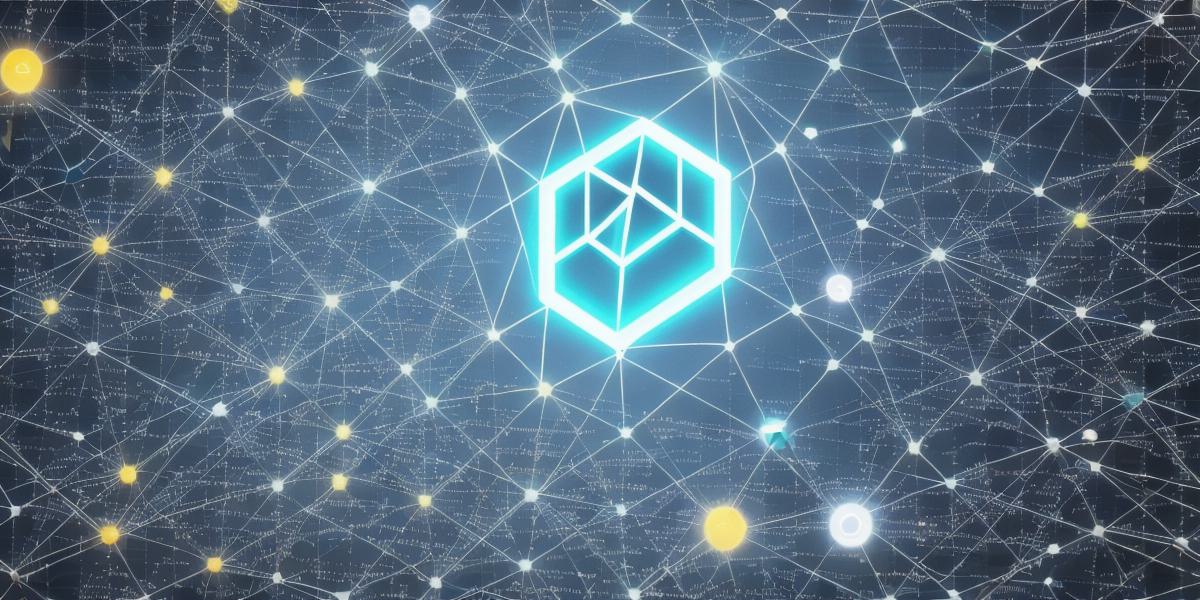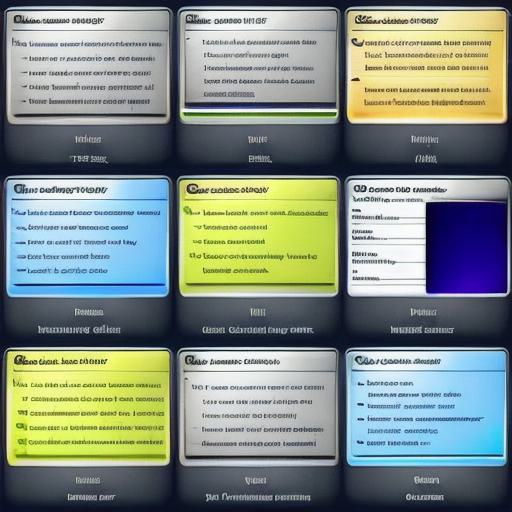Mastering Web3: A Step-by-Step Guide to Setting Up Your Web3 Environment

Web 3 technology has revolutionized how we interact with the internet, and it’s showing no signs of slowing down. With blockchain, decentralized applications (dApps), and smart contracts, developers are now able to create secure, transparent, and decentralized applications that can be accessed from anywhere in the world. In this article, we will guide you through the steps of setting up your Web3 environment and mastering the technology.
What is Web3?
Web 3 refers to the next generation of the internet, which is built on blockchain technology. It allows for decentralized applications that are secure, transparent, and accessible from anywhere in the world. With the rise of decentralized finance (DeFi) and non-fungible tokens (NFTs), Web 3 has become an important tool for businesses, artists, and individuals alike.
How to Set Up Your Web3 Environment
The first step in mastering Web3 is to set up your environment. Here are the steps you can follow:
- Choose a blockchain platform: There are several blockchain platforms available, including Ethereum, Binance Smart Chain, Solana, and Polygon. Each platform has its own strengths and weaknesses, so it’s important to choose the one that best fits your needs.
- Create a wallet: A wallet is a digital wallet that allows you to store and manage your cryptocurrencies. There are several types of wallets available, including hardware wallets, mobile wallets, and desktop wallets.
- Install a blockchain client: A blockchain client is software that connects to the blockchain network and allows you to access its features. Examples of blockchain clients include Remix, Truffle, and Ganache.
- Write smart contracts: Smart contracts are self-executing contracts with the terms of the agreement between buyer and seller being directly written into lines of code. With Web3, you can write smart contracts that can be executed on the blockchain network.
Mastering Web3
Now that you have set up your Web3 environment, it’s time to start mastering the technology. Here are some tips:
- Learn Solidity: Solidity is the programming language used to write smart contracts on the Ethereum blockchain. Learning Solidity is essential if you want to become a proficient Web3 developer.
- Experiment with dApps: There are several dApps available that can help you learn about Web3 technology. Experimenting with these dApps will give you hands-on experience and help you understand how Web3 works.
- Stay up to date with the latest developments: The Web 3 landscape is constantly evolving, so it’s important to stay up to date with the latest developments. Follow industry news and attend conferences to learn about new technologies and trends.
Case Studies
Here are some real-life examples of how Web 3 technology has been used to solve problems and create opportunities:

- Decentralized finance (DeFi): DeFi is a decentralized financial system that allows users to access financial services without the need for intermediaries. DeFi platforms like Uniswap, MakerDAO, and Compound have revolutionized the way we think about finance.
- Non-fungible tokens (NFTs): NFTs are digital assets that can be bought, sold, and traded on the blockchain. They have been used in a variety of industries, including art, music, and gaming.
Conclusion
Web 3 technology is here to stay, and it’s up to developers to master it. By following these steps and tips, you can set up your Web 3 environment and become a proficient developer. With its potential to revolutionize industries and create new opportunities, Web 3 is an exciting space to explore.








